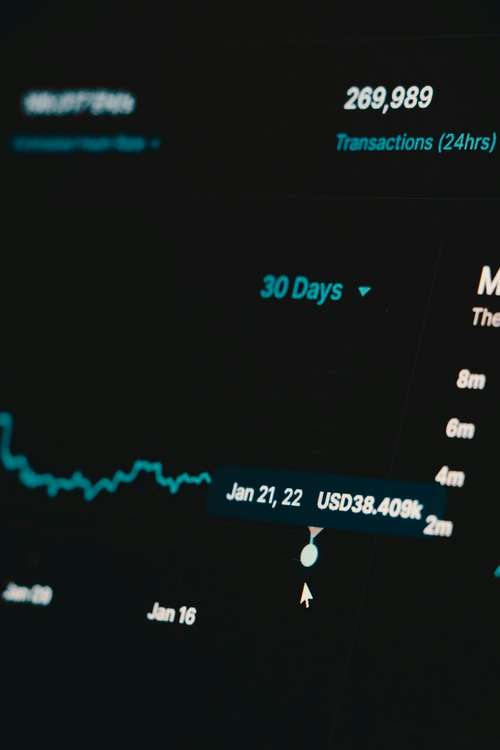
There has been growing criticism over using blockchain tokens to represent ownership of unique items like artwork, as the NFT market has experienced a significant downturn since last year.
Recently, Elon Musk, the renowned CEO of Tesla and SpaceX, voiced his perspective on this issue during an episode of the widely popular "Joe Rogan Experience" podcast.
Meanwhile, this development has revived discussions around the true nature of NFTs and their potential vulnerabilities.
The Evolution of NFTs and Musk's Concerns
Elon Musk drew attention to a pertinent aspect of NFTs during his appearance on the podcast as he highlighted that many NFTs are not completely stored on the blockchain, instead, they utilize URLs to point to externally hosted artwork.
Meanwhile, the current practice of hosting NFTs on centralized servers leaves them vulnerable to being lost if the servers go offline or the hosting company shuts down.

Elon Musk suggested that the JPEG artwork itself should be encoded on the blockchain as a measure of ensuring permanence and stability.
While Elon Musk's viewpoints highlight a legitimate concern, it is vital to note that not all NFT projects operate under the same circumstances.
Some projects on Ethereum, the leading blockchain network for NFTs, store their artwork on-chain. Notable examples include CryptoPunks and Moonbirds, both of which have their pixel-based artwork entirely on the Ethereum blockchain.
Additionally, Art Blocks adopts a strategy where the artists' algorithms are stored on-chain, enabling the reproduction of artwork from the output. These initiatives demonstrate that on-chain storage can indeed be implemented effectively.
Demystifying the role of NFTs
To understand the NFT concept more comprehensively, it is crucial to recognize that the non-fungible token itself does not represent the artwork or connected item directly.
Instead, an NFT functions as a proof of ownership or a digital receipt tied to an asset. This asset can be digital artwork, an interactive video game item, or even a physical object like a wristwatch.
Furthermore, while some NFT artworks are stored on decentralized blockchain networks, ensuring immutability and resistance to censorship, others represent ownership of real-world items or have their artwork hosted off-chain, which might be the best options for some people.
Contrary to common belief, there exists a prominent NFT-like ecosystem where all artwork and media are fully on-chain, and that ecosystem resides on Bitcoin.
According to a report from dappGambl, out of the 73,257 NFT collections examined, approximately 95% had a market cap of zero ether.
This observation underscores the presence of millions of seemingly valueless NFT assets held by nearly 23 million individuals. These findings shed light on the current state of the NFT market.
Conclusions
While concerns about off-chain storage remain relevant, it is essential to acknowledge that various projects have successfully implemented on-chain storage solutions.
Understanding the true nature of NFTs, their purpose as digital proofs of ownership, and the evolving dynamics of the NFT market is crucial for both individuals within the industry and those observing its trajectory.
Moreover, as the market continues to evolve, NFT creators, collectors, and enthusiasts have the opportunity to reshape and refine this transformative digital landscape.


